What Caused the Eruption of Mount Mazama Is It Possible That Mt Mazama Can Become Active Again
Established on May 22, 1902, Crater Lake National Park in Oregon is a natural wonder born out of a cataclysmic volcanic eruption. Crowning the Cascade Mountain Range, the park contains vibrant forests, bountiful wildlife and an awe-inspiring blue lake worthy of its nickname "lake majesty." Its geologic history spans dorsum thousands of years and inspires visitors today as they swim, snowshoe, ski, hike and cycle through the mountainous terrain. With countless other activities and thousands of acres to explore, adventure is endless at Crater Lake.
To celebrate the incredible natural landscape of our nation's sixth national park, check out 12 things you might not know almost Crater Lake.
i. The blue beauty of Crater Lake extends beyond its depth. At 1,943 feet deep, Crater Lake is the deepest lake in America. Famous for its beautiful blue color, the lake'due south h2o comes straight from snow or rain -- there are no inlets from other water sources. This means no sediment or mineral deposits are carried into the lake, helping it maintain its rich color and making it one of the cleanest and clearest lakes in the world. Visitors can swim at designated areas, but beware -- the water is usually very cold!
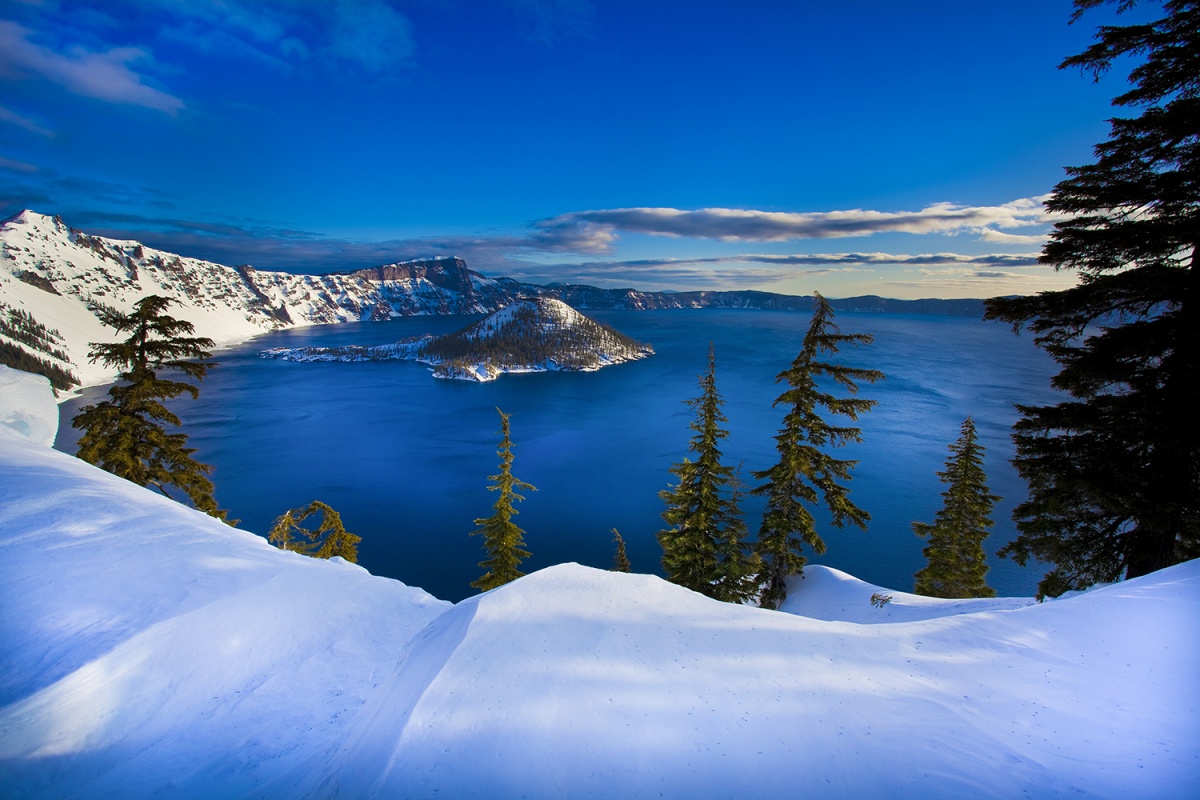
2. With an annual boilerplate of 43 feet of snow, Crater Lake is one of the snowiest places in United states. That's equivalent to 1.four inches of snow every day for a year! The park'southward official wintertime season lasts from Nov to April, but visitors are advised that snow may linger into May and June. While parts of the park close for winter weather, there are enough of opportunities to have fun in the snow -- from snowshoeing with a park ranger to cross-land skiing, sledding and snowmobiling. If y'all'd rather experience the wintertime flavour from the warm condolement of the indoors, bank check out the Steel Visitor Heart or catch partial views of the lake from the ascertainment room at Rim Village.
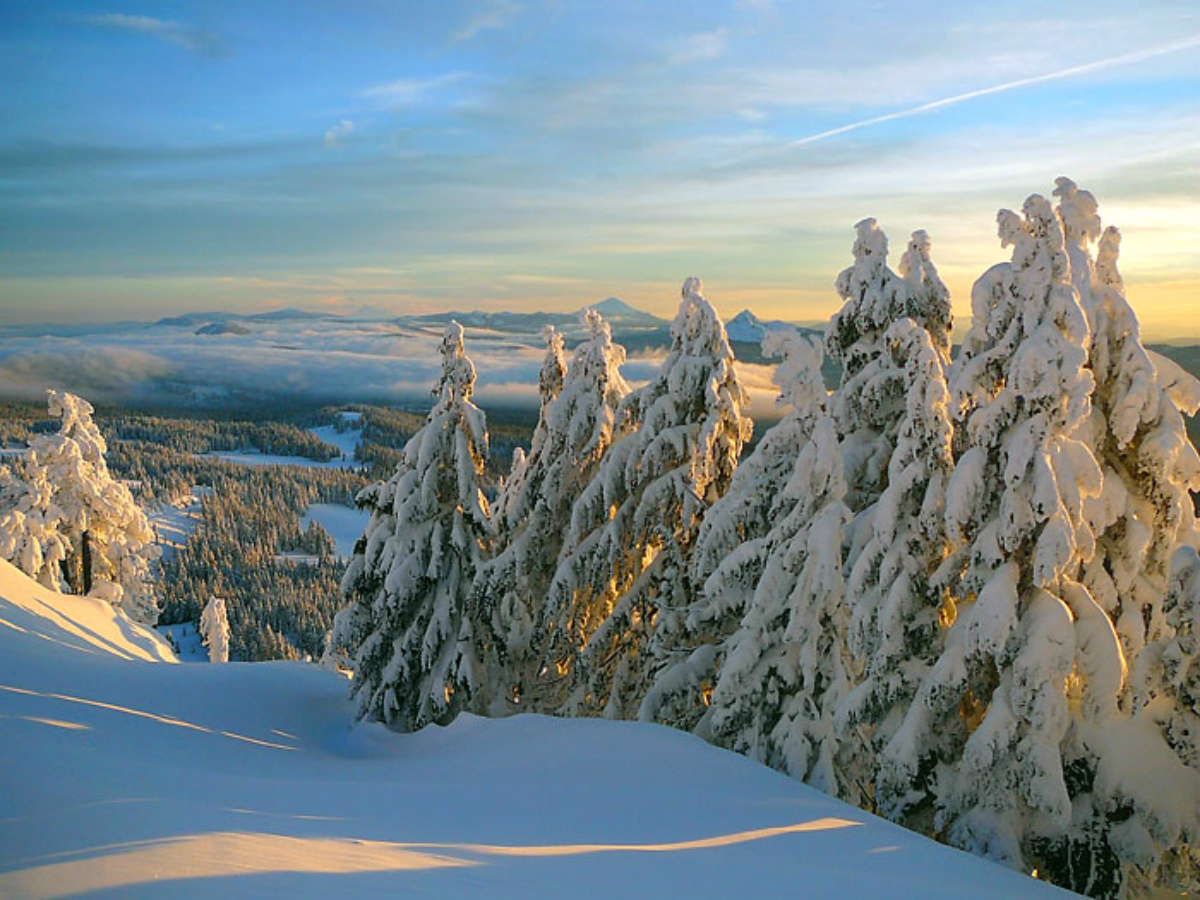
iii. Crater Lake was formed by the fall of a volcano. Mount Mazama, a 12,000-foot-tall volcano, erupted and complanate approximately vii,700 years ago, forming Crater Lake. Mount Mazama was an important symbol to the native Makalak people who lived in the surrounding areas. Makalak legend explains that the fall of the mountain was acquired by a brutal battle between the spirit of the heaven and the spirit of the mountain. The destructive eruption signaled the terminate of the battle, but many natives mourned the loss of the sacred volcano. As yous explore Crater Lake, have time to remember its sacred history.
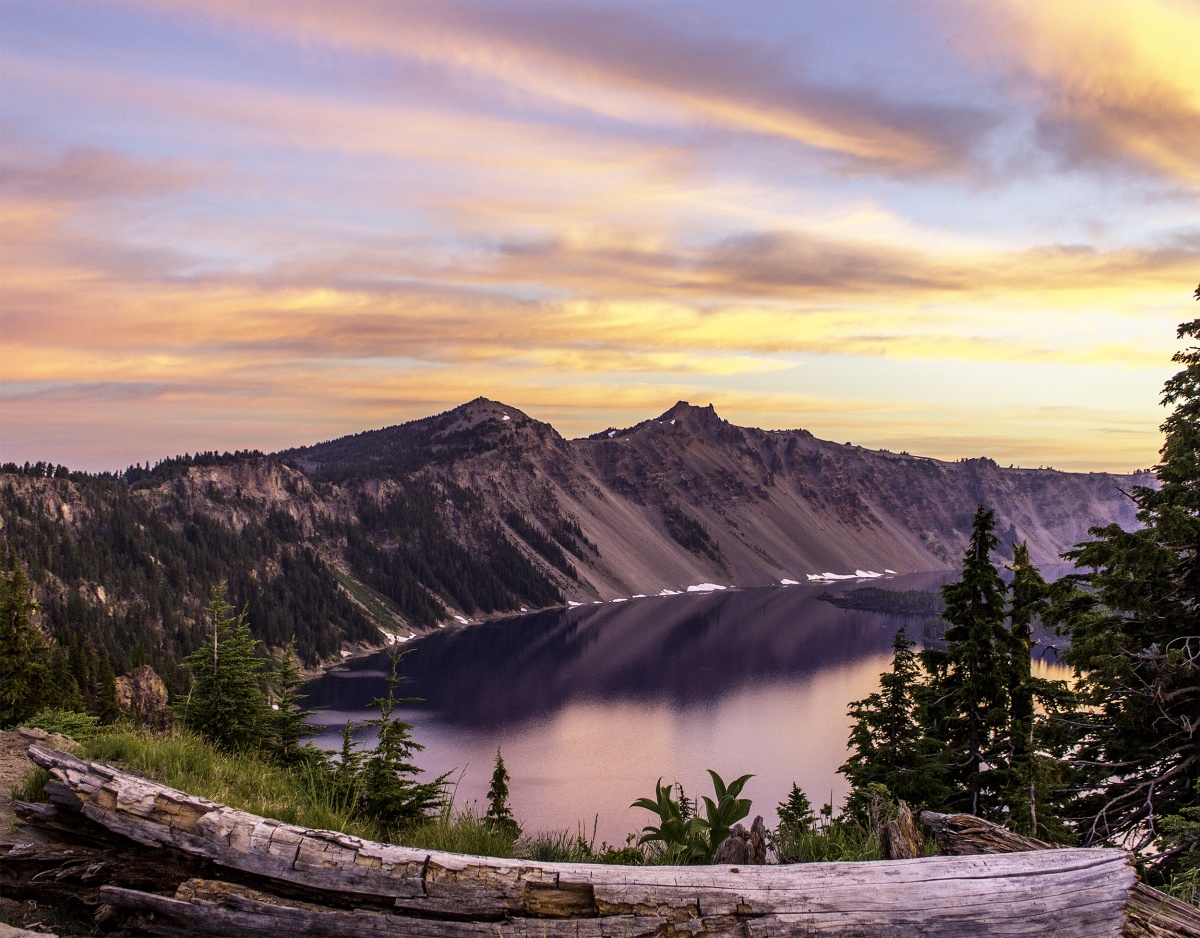
iv. The drive effectually Rim Road features more than than xxx breathtaking pullouts. At Pinnacles Overlook, visitors tin see volcanic ash frozen into 100-pes-alpine solid rock formations. Stopping at Videa Falls provides a view of a cascading waterfall and is i of the best places to observe some of the park'southward plant life. For a unique spot bursting with colour, stop at Pumice Castle Overlook. Over time, an orange layer of pumice eroded into the shape of a castle -- a magnificently majestic occurrence. Or visitors tin step back in time at Discovery Point and imagine themselves in the boots of John Hillman, the first pioneer to see Crater Lake. With and so many wonders forth the fashion, the 33-mile drive around Rim Road tin be an all-day sightseeing trip!
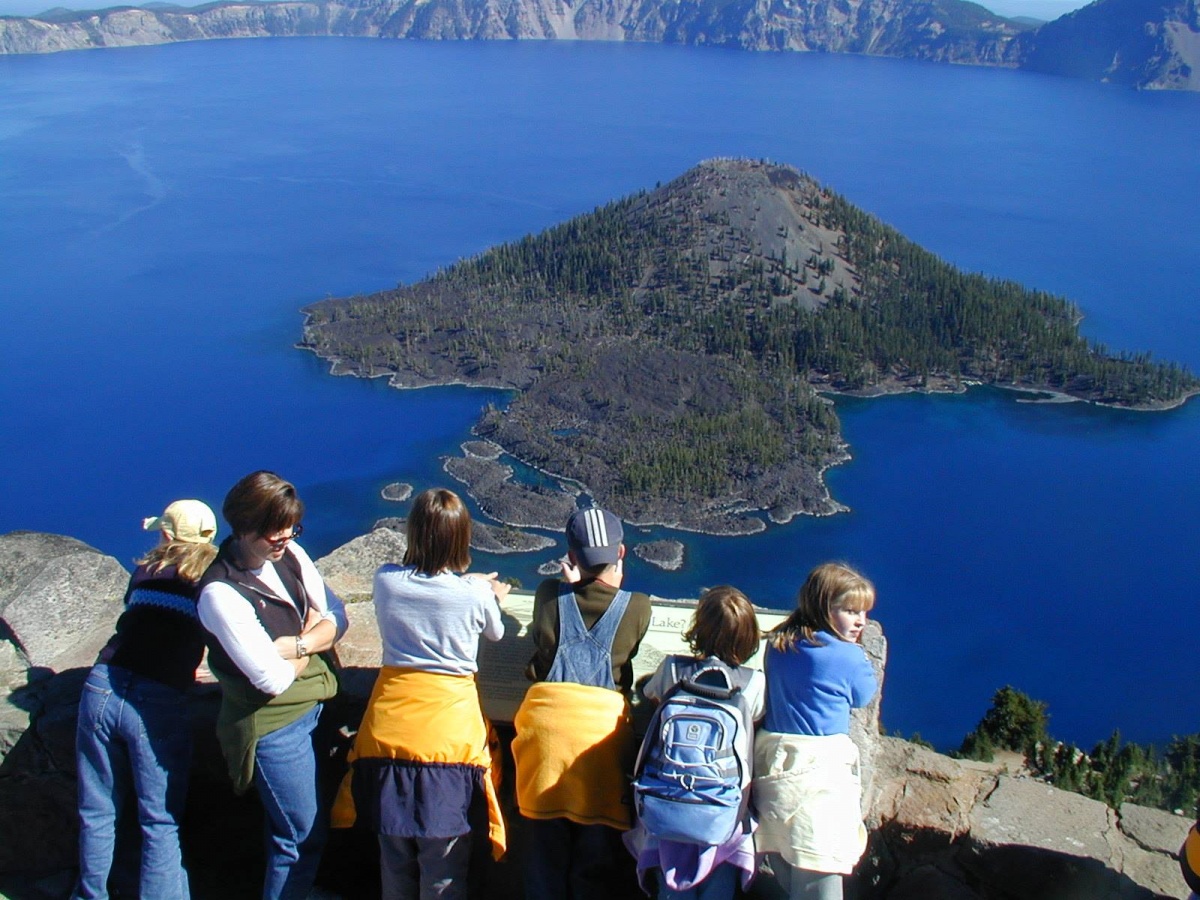
5. The unique tree life gives the park color. Crater Lake National Park is habitation to some amazing old growth forest ecosystems. The park has four forest zones to explore -- ponderosa pine forest, lodgepole pine forest, mountain hemlocks zone and whitebark pines zone -- each one named after its ascendant tree species. Make certain to enjoy these natural beauties as you hike or snowshoe through the landscape.
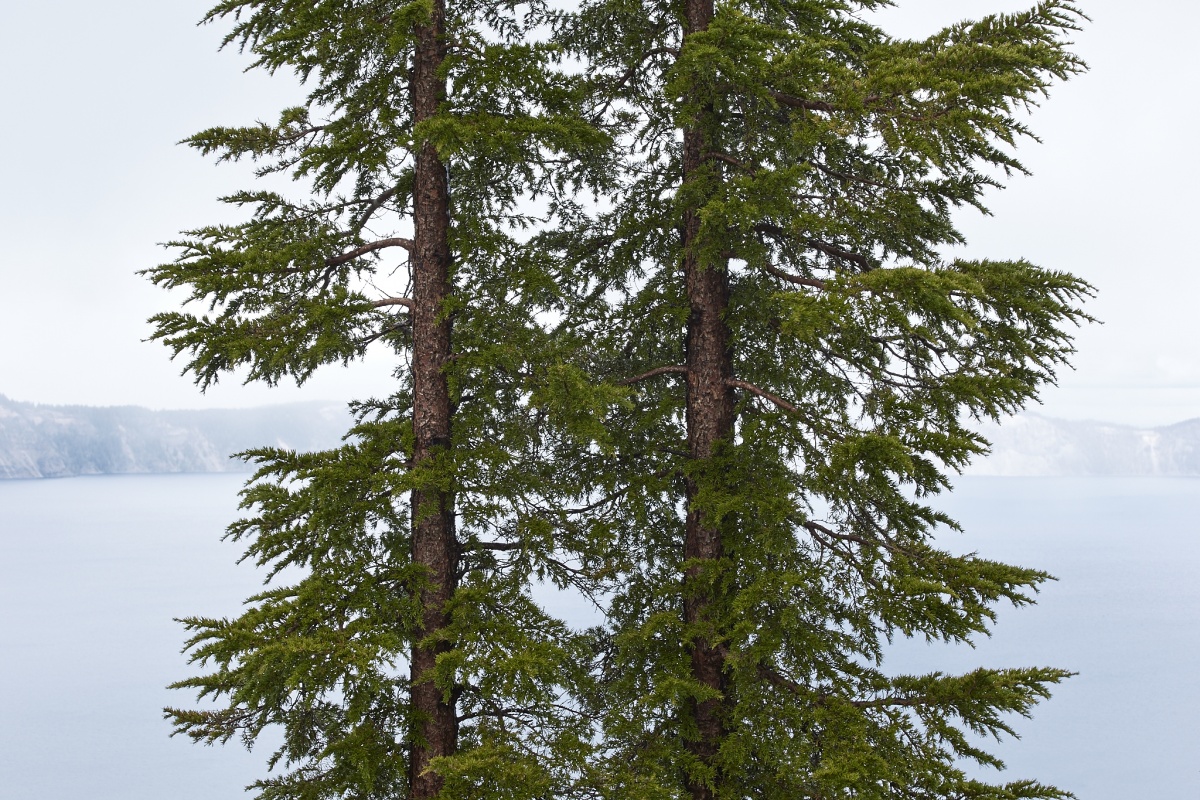
half dozen. Enjoy some outstanding wildlife viewing. With many dissimilar mammals, amphibians, fish and birds, Crater Lake is habitation to enough of wild animals. Deer, squirrels and birds are most mutual, but visitors exploring the forests and trails might encounter elk and bobcats. If you are lucky enough to see these amazing creatures, always remain a safe altitude away and never feed wild animals.
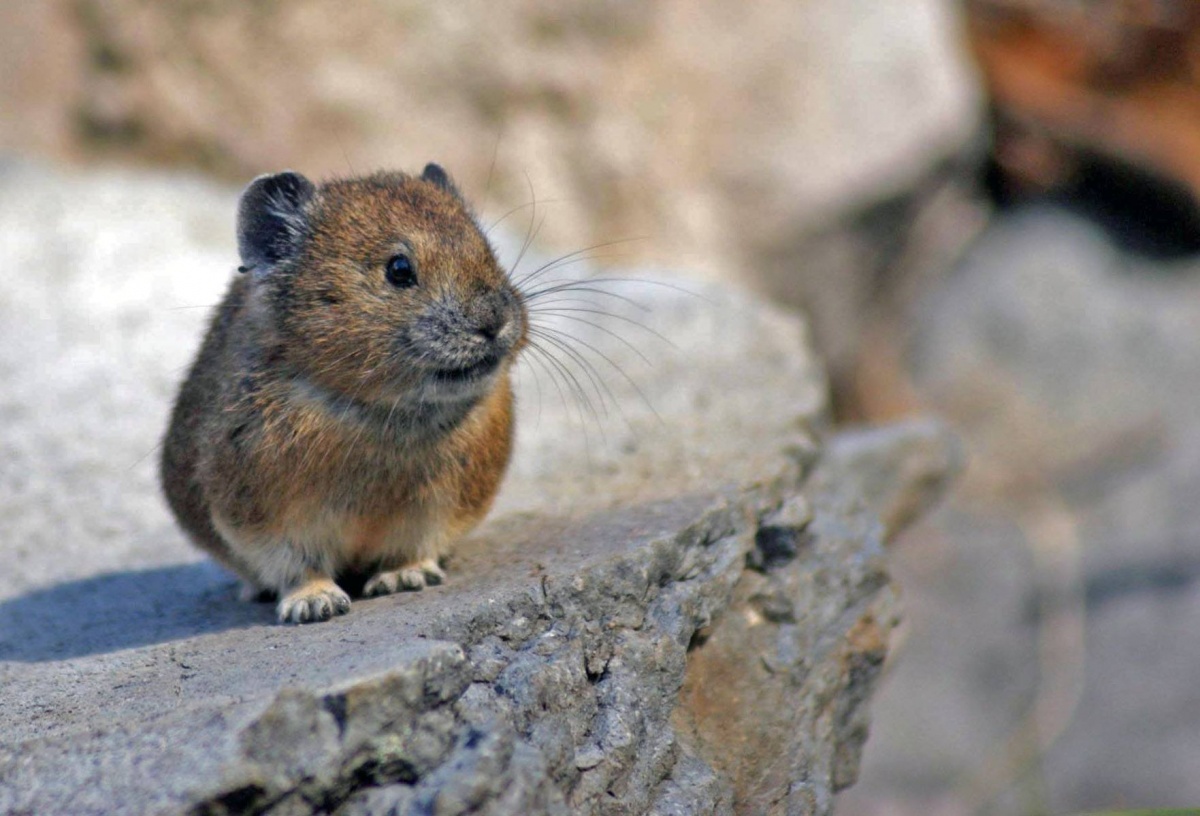
7. While exploring the park, don't forget to look upwards. Crater Lake's meridian offers stunning views across the lake and upward above. The warm glow of the sunrise fills Crater Lake in the early mornings with colors reflecting off the water and snow. Sunsets in the park are just as spectacular. At dark, Crater Lake'southward skies turn into some of the darkest in America. On clear, moonless nights, starscapes illuminate the park, and visitors can see satellites, planets and the arms of the Milky way.
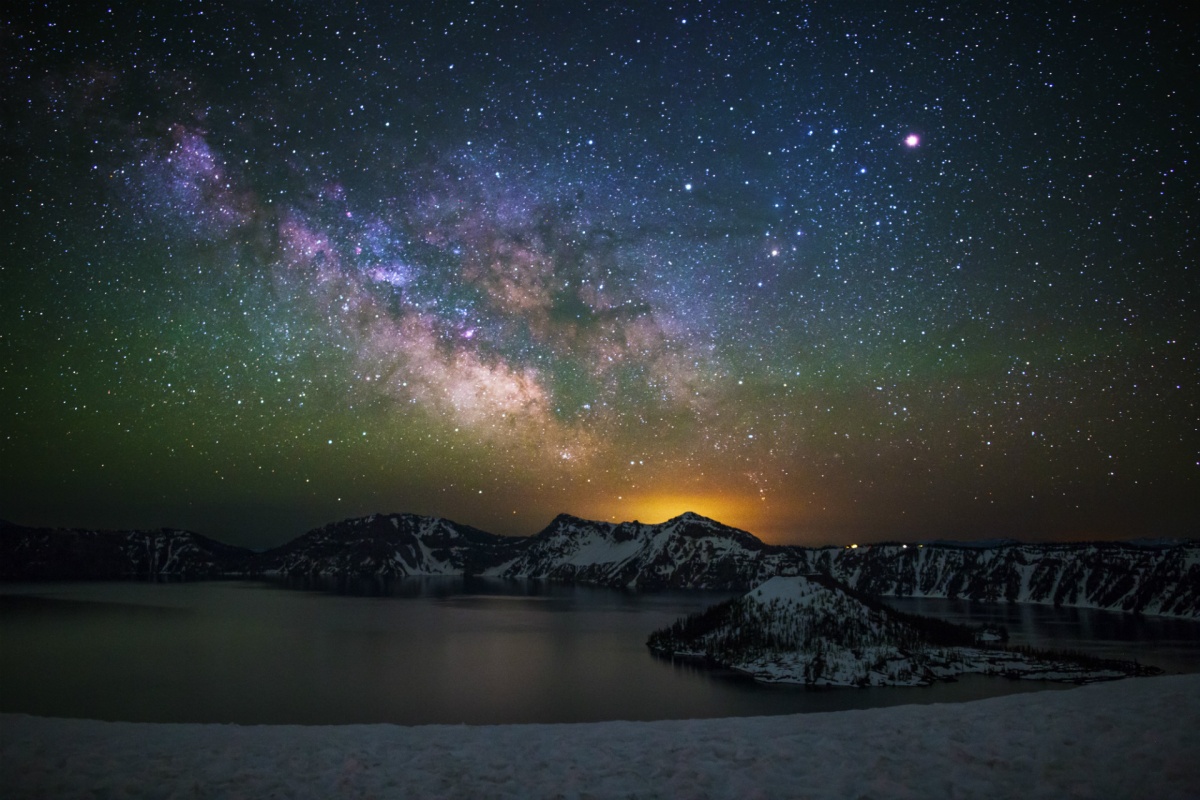
8. Crater Lake is a keen place to exam your cycling skills. The hilly landscape requires extreme endurance and plenty of grooming prior to participation. Merely don't worry -- the breathtaking nature around you will nevertheless be there to admire at your leisure when the ride is over. Rim Road goes vehicle-free two days a yr for the Ride the Rim upshot. Bicyclists from across the state accept part in this ride to savour the scenic roadway.
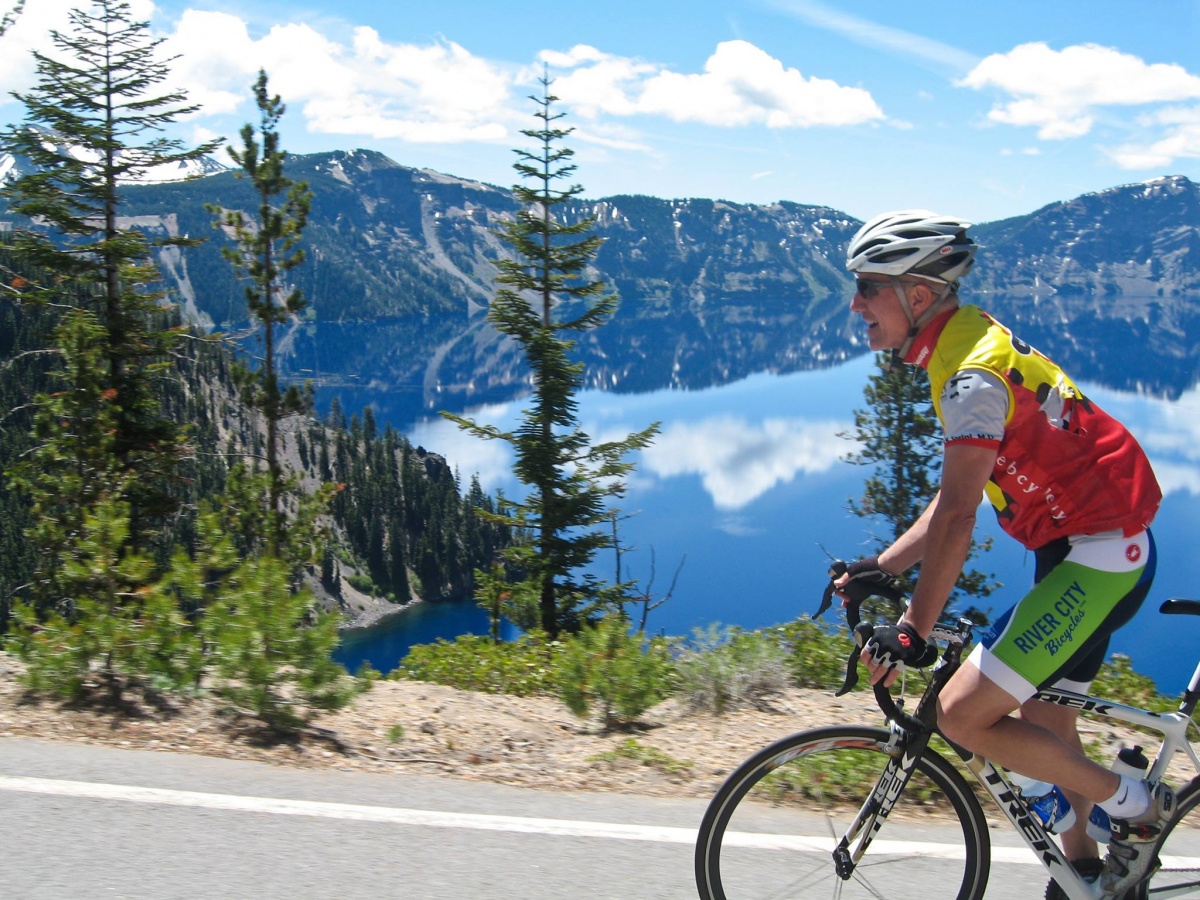
9. Crater Lake is the but place in the globe to detect the Mazama newt. This subspecies of rough-skinned newt, also called the Crater Lake Newt, is native to the lake. Threatened past invasive species, scientists are trying to combat not-native crayfish and preserve the existence of these unique newts. Usually found hiding under rocks or logs, lucky visitors may spot i of these rare creatures around the edge of the lake.
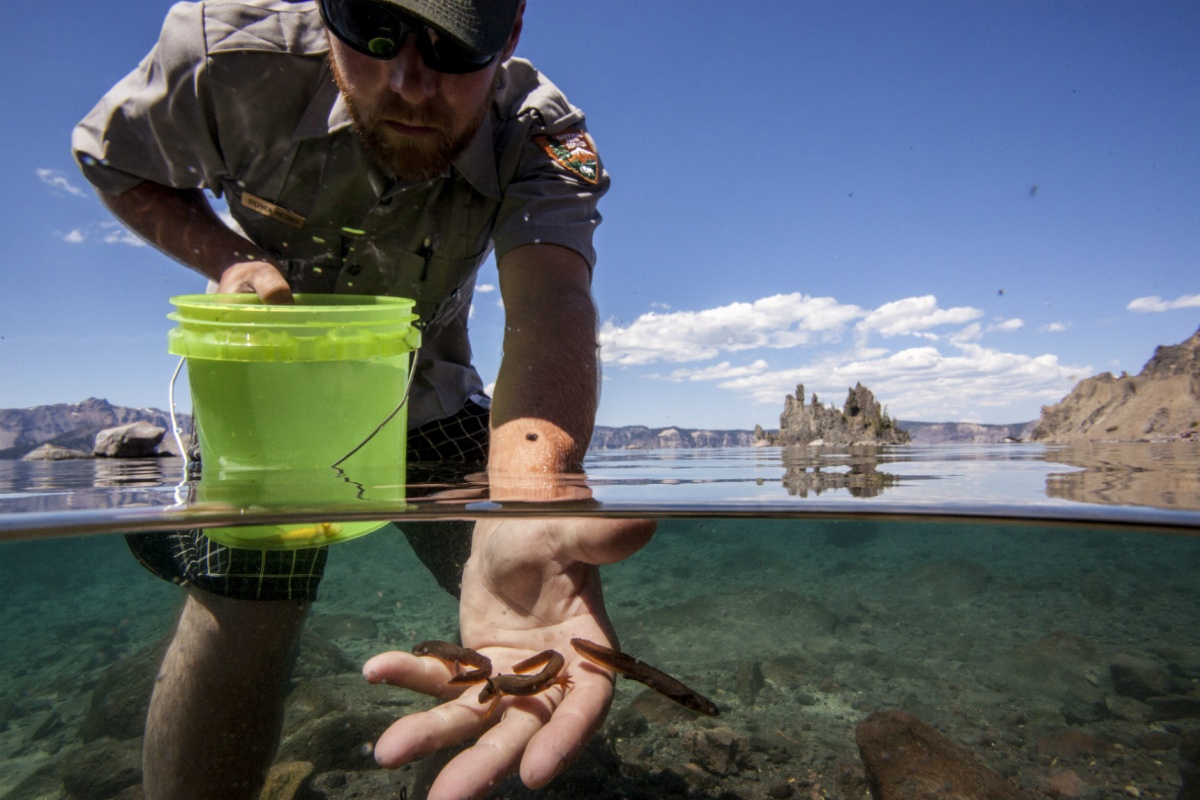
ten. Fire is essential to Crater Lake's constitute life. The summertime fire season at Crater Lake tin can scorch thousands of acres of state. Nonetheless, this natural occurrence has proven to have positive impacts on the ecosystem. Many plants have adjusted to survive fires and thrive in their backwash from restored nutrients in the soil. While essential to the ecosystem, wildfires tin be dangerous for visitors. Always follow fire prophylactic tips when venturing out during fire season!
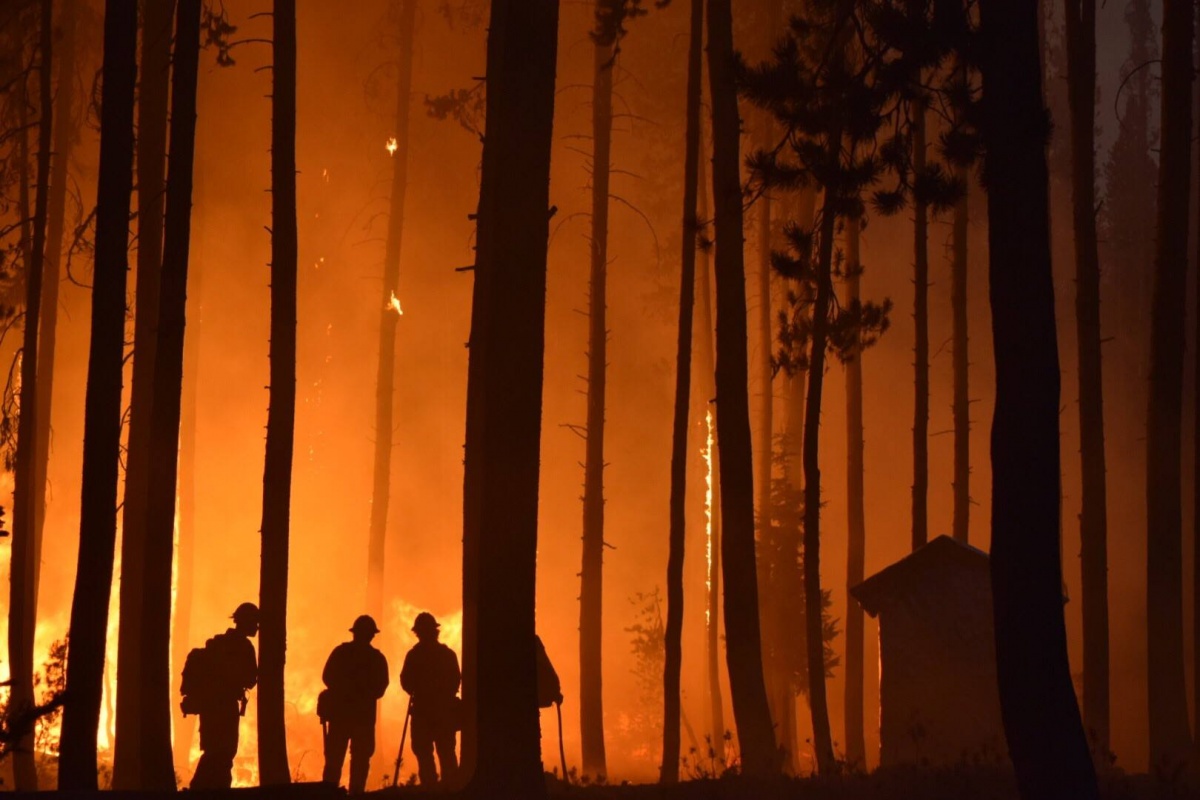
11. Eerie islands rise out of the lake. Sorcerer Island is the largest in Crater Lake. The remains of a volcanic cinder cone, information technology rises more than 750 feet nigh the surface of the lake. Visitors in the summertime can take a gunkhole tour out to explore Wizard Island and hike to the its summit. Phantom Ship Island is anchored just off the lakeshore and is off the radar of most visitors. Though it resembles a small sailboat, the isle is as tall every bit a 16-story edifice. It's fabricated of erosion-resistant lava, and at 400,000 years old, information technology'south the oldest exposed stone within the caldera. Visitors can get a great view of the island past driving to at Phantom Ship Overlook or by hiking to Lord's day Notch.
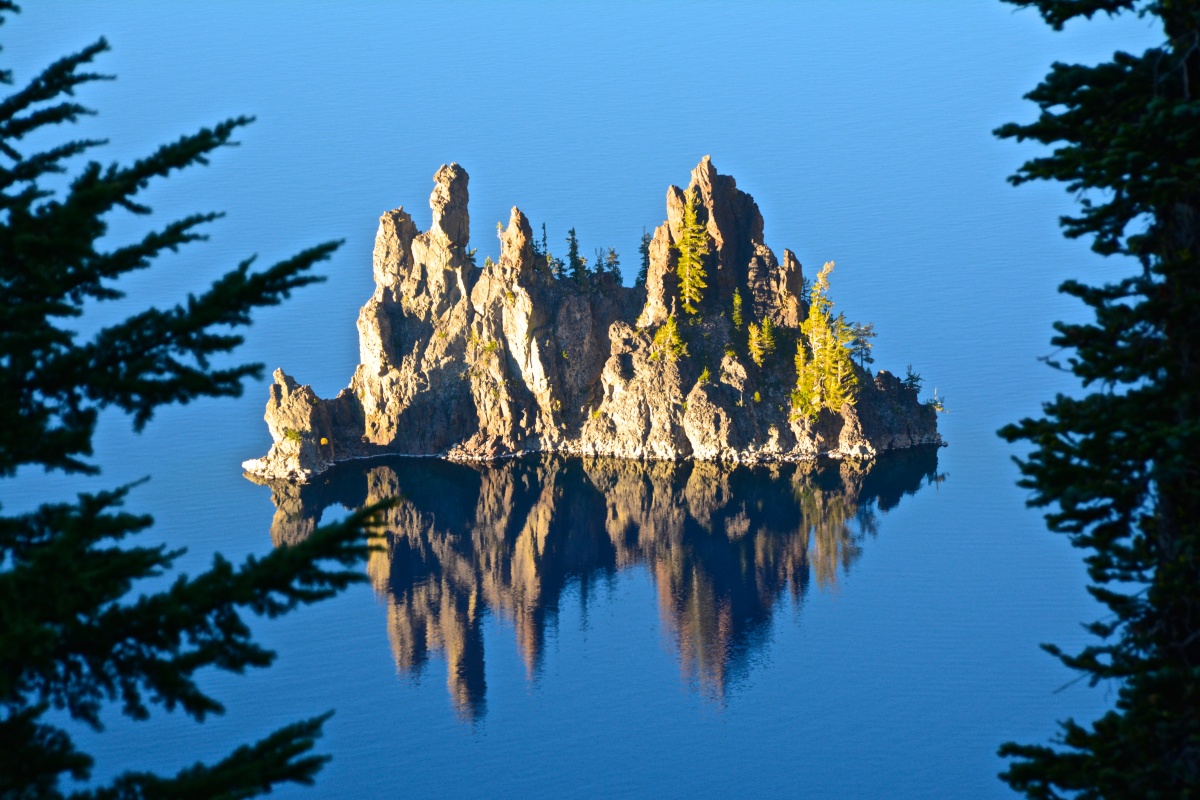
12. Where the water goes, no one knows! Because Crater Lake has no outlets leading to other water sources, the changing water level of the lake presents an interesting scientific question. Precipitation rates are more than twice the evaporation rates, so there is a lot of water that seemingly goes unaccounted for. Scientists have discovered that steady seepage is what maintains the water residue. Water seeps out of the caldera's walls at a rate of about 2 million gallons of h2o an hour! The mystery scientists are even so studying is where all of that water goes -- no paths, springs or other h2o sources have been plant to carry the aforementioned water as the lake. With complex dynamics, Crater Lake's water level volition remain a subject of wonder and study for years to come.
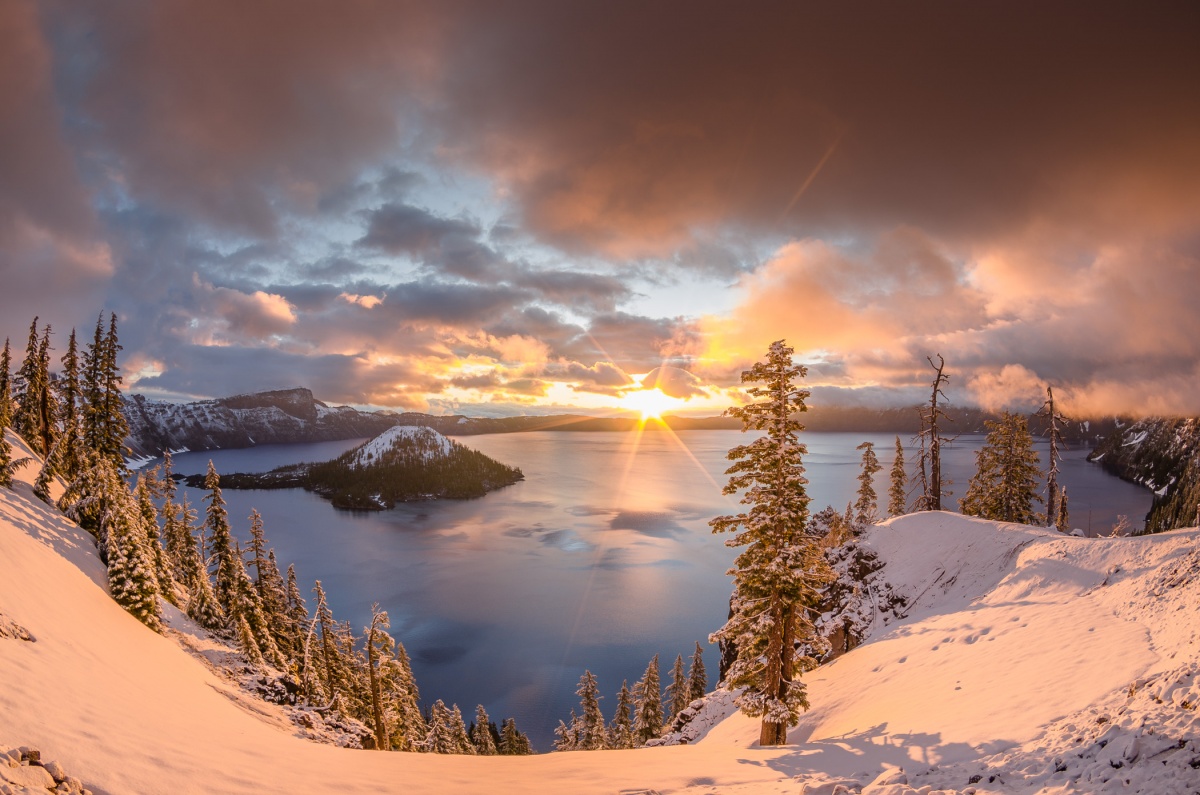
Crater Lake is the perfect place to explore snow or smooth! Start planning your hazard here: https://www.nps.gov/crla/alphabetize.htm
Source: https://www.doi.gov/blog/12-things-you-didnt-know-about-crater-lake-national-park
0 Response to "What Caused the Eruption of Mount Mazama Is It Possible That Mt Mazama Can Become Active Again"
Enregistrer un commentaire